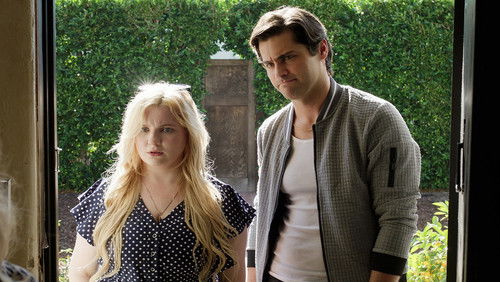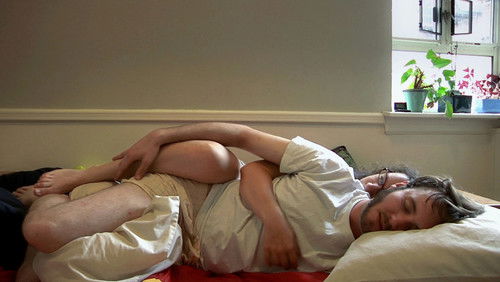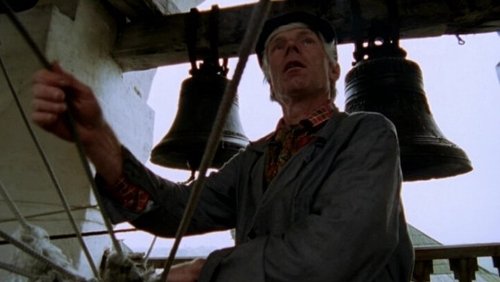Orphans of the Storm (1921)
37KOrphans of the Storm (1921). 2h 30m | Not Rated
“First of all, I find it desperately necessary to remind the viewer of silent movies of the danger of analyzing these pieces under the lens of the modern cinemagoer. The aesthetic values of silent cinema are incommensurable with the values of modern cinema. Aside from the obvious difference that one relies purely on image while the other has the benefit of sound, we must also not forget that the cinema of the silent era is cinema in its infancy, in a constant state of the most early self-discovery (which is not to say that cinema has necessarily u0026quot;grown upu0026quot; or u0026quot;progressedu0026quot; into our modern era; our cinema today is only different than the cinema of the silent era, neither better nor worse.) Basically, we should check ourselves before we ridicule these films on the basis of irising, masking, et cetera and ESPECIALLY the exaggerated emotion and overblown gesturing of the actors. The conventions of the art of acting have, of course, their basis in that of the theatre, which preceded film, and where emphatic gesturing and stressed emotion was conventional in conveying story even to those seated in the back row.u003cbr/u003eu003cbr/u003eAll editorializing aside, Griffithu0026#39;s _Orphans of the Storm_ is a shining example of the directoru0026#39;s masterful grasp of narrative cinema. The story is almost Dickensian in its feel, from its very beginning alternating between no less than five separate subplots, all of which become inextricably intertwined before the backdrop of the larger plot of the impending revolution in France. The acting performances are not, in fact, excessively overplayed, but are actually quite subtle and touching, especially those of the two orphans, the Gish sisters.u003cbr/u003eu003cbr/u003eThe visuals are stunning: the costumes and decor are lush and the recreation of late 18th century Paris is excellent. Most impressive to me is Griffithu0026#39;s expert command of montage, primarily through intercutting, in creating a engrossing story that, while complex in structure, is easily grasped. The film starts out on wobbly legs, but soon breaks into a steady gallop, raging through the glorious revolution to an admittedly predictable, yet satisfying conclusion. A grand achievement for one of the titans of early cinema: I give it a 9/10.”









